Since long before NFT’s humans have been collecting silly things. We collect stamps, baseball cards, vinyl records, video games, art, and recently of course, NFT’s. I can easily enough imagine some caveman collecting rocks; heck I’ve seen it from penguins. It’s wired into us. We instinctually want to gather things, feel they belong to us, and gaze upon our dragon hoards in pride. We even do this for otherwise valueless things. Baseball cards do nothing but Topps has been running a business on them for decades. Because we’re weird we even do this for purely digital things.
We weave our collections into our very identities. They become part of the story we tell about ourselves. You’ll casually tell someone I’m an ‘X‘ collector at a cocktail party in the same way you’ll tell them your occupation. How you personalize your collection of ‘X’ says something about you. This behavior create communities of people, subcultures that share a bond forged by the difficulty of the habit. Being a part of a culture of collectors brings trust, community, and status.
People will go to extreme lengths to finish a collection. They’ll spend thousands of dollars on Magic cards that they’ll never play with. They’ll spend hundreds of hours filling some 100% number in a video game, collecting Korok seeds yahaha, getting every steam achievement, or gathering some aesthetic set. They’ll login to zapper every day for months to sign a message and spend hard earned ETH on gas jumping through hoops just to get an image of a little Zappy dog. I don’t have to be able to explain this. I can state to you with confidence that if you put a collectable in front of people it drives behavior. As soon as it becomes a defined collection, it becomes desirable. We take pride in showing our collection to others; it confers status. It invokes memetic desire. It is an achievement. The more difficult it is to attain, the stronger the memetic desire, the higher the status. Collector psychology is a deeply human, deeply emotional drive.
This can be utilized by designers. For good or ill it can be gamified. Collections can create objectives that incentivize people try a spectrum of behaviors rather than specialize. They can encourage us to overcome our fear of the unknown and step out onto unproven ground. Steam achievements add replayability to games, serendipitous discovery of features, add style and humor, and extend playtimes. As a creator, the value of your creation and your ability to meaningfully iterate on it scales with engagement. Clearly, associating a collection with a desired behavior drives engagement and ultimately adds tremendous value per developer hour invested in it.
Compared to monetary incentives such as liquidity mining, collectables are shockingly economically efficient at generating engagement. How much would Zapper have had to pay people to get the tens of thousands of users they got in their first quest round? How much would Alchemix have had to pay people in ALCX to get them to return the same amount of ETH from the red carpet exploit? How much ETH has been burnt by people chasing one NFT drop after another these past few months? The sums are staggering given how little is actually invested by their creators. Clearly, we’re onto something important here. So let's have a look at where we are right now and where I see us going with NFTs.
At present I see three main categories of collections taking off. The first are classic fine art collections. This is best represented by the collection of PleasrDAO. It’s the type of thing you’re going to see printed out in high quality and literally shown in art museums in a few years. The only thing the NFT layer has changed for these compared to their analog counterparts is transparency of their history. NFT’s don’t need someone at an auction to certify their authenticity. You simply get the artist themselves to claim it’s legit and forever after the authenticity is assured. No counterfeits, no auction house shenanigans, just pure internet culture now itemized and monetizable in a way that wasn’t possible with web2.
The second are community membership NFT’s. These confer membership and status to whomever holds them, and they serve as a proxy of a value system espoused by their creators. This encompasses everything from punks to mutant cats. The creators of these collections put out a community manifesto, provide some art to add some relative desirability, and offer these tokens on a first-come first-serve basis. Gas bidding wars erupt as people scramble to join to this new community. ETH goes up in flames, miners rejoice, and a new community is forged from the fire, standing atop the dying embers of the ETH sacrificed on the pyre. Little to none of the value used in the ritual is retained for the community itself. The long term value these of NFT’s is based on the behavior of that community as a whole and how desirable membership remains. Some of these confer benefits, some do not. The only incentive of these NFT’s is to hold and spread the memetic desire to others. As prices become… tempting… members reveal their commitment to that community by the money they forego by holding. As the price of punks rises, they become more of a statement of how much you want to belong to a group, rather than a personalized representation of what you have done.
The third type of collection is not gated by scarcity of supply but rather by prerequisite action. I’ve already mentioned the Zapper and Alchemix NFT’s as examples of this but POAP’s are a more common one. These are designed by their creator to reward behavior. POAP’s are used to reward event attendance or participation. More recently POAP Delivery is used to reward some historical behavior, from some csv file, sometimes even derived from on chain behavior. What we have as an ecosystem in this regard is a bunch of ad hoc attempts unified only by their NFT status.
I predict we’re going to see more NFT’s that are not just retrospective but gamified to incentivize ongoing/future behavior like the Zapper NFT’s. Gitcoin grants could launch a set of NFTs that can be claimed by anyone who donated to each previous grant round. Uniswap could create an NFT (instead of liquidity mining) for people who migrate liquidity to the Arbitrum-One pool. Some of these may have time cutoffs to create urgency, or only be available until a situation resolves itself such as the Alchemix red carpet NFT. Alchemix looks to be planning to create rpg item NFT’s for DAO participants. Zapper is working on a crafting system for their next quest round. These systems are going to become more gamified and more prevalent because they are more economically efficient at incentivizing behavior. What we have right now as an ecosystem in this regard is a bunch of ad hoc attempts unified only by their NFT status. Eventually there will be a platform. RabbitHole is an example of an up-and-coming attempt of this; there will be others.
Obligatory blog post: https://tokenomicsexplained.com/the-future-gamification-of-nfts/
[link] [comments]

You can get bonuses upto $100 FREE BONUS when you:
💰 Install these recommended apps:
💲 SocialGood - 100% Crypto Back on Everyday Shopping
💲 xPortal - The DeFi For The Next Billion
💲 CryptoTab Browser - Lightweight, fast, and ready to mine!
💰 Register on these recommended exchanges:
🟡 Binance🟡 Bitfinex🟡 Bitmart🟡 Bittrex🟡 Bitget
🟡 CoinEx🟡 Crypto.com🟡 Gate.io🟡 Huobi🟡 Kucoin.
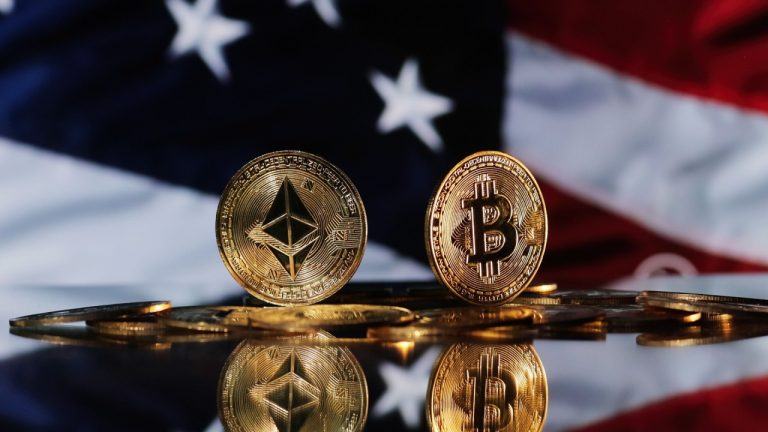

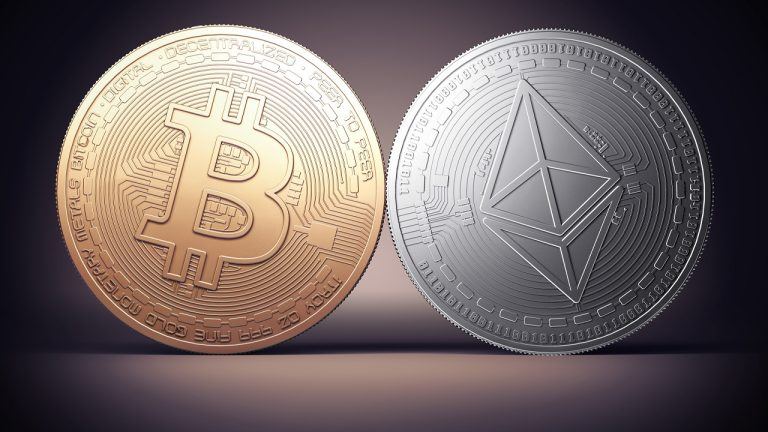

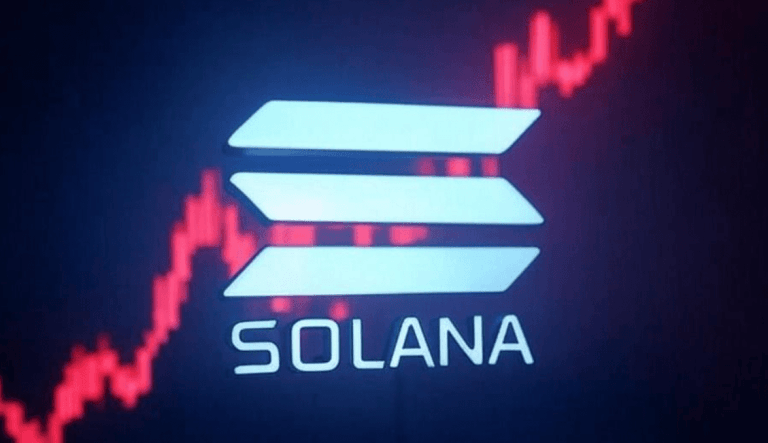
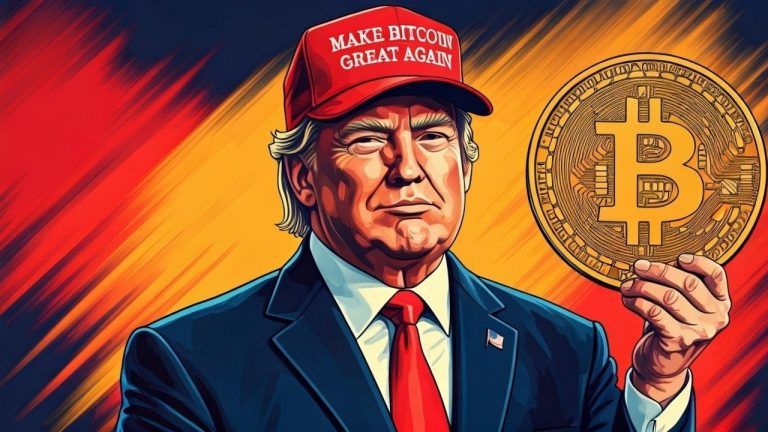
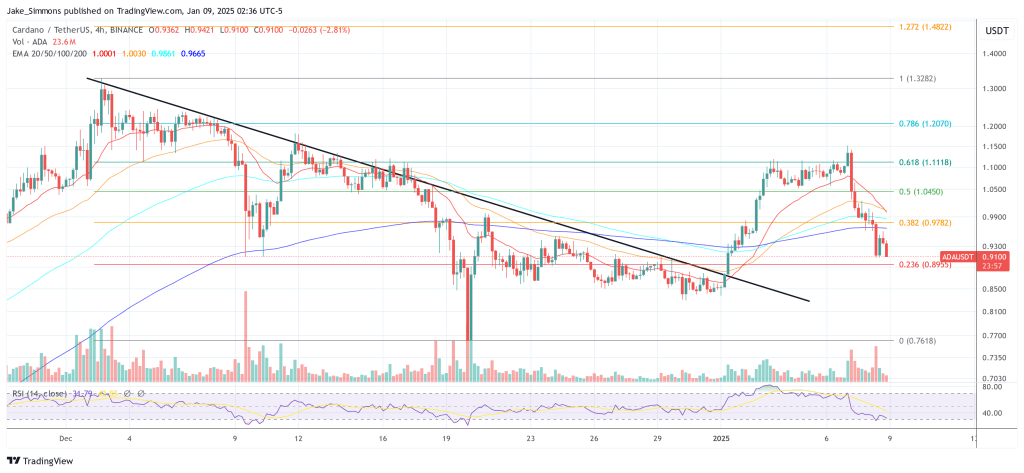

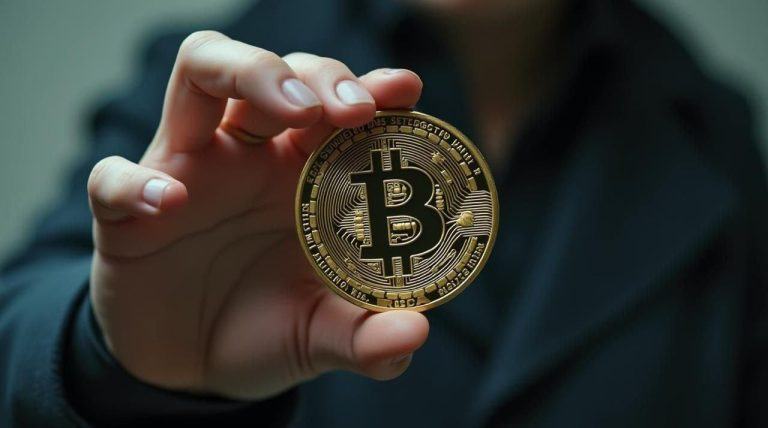
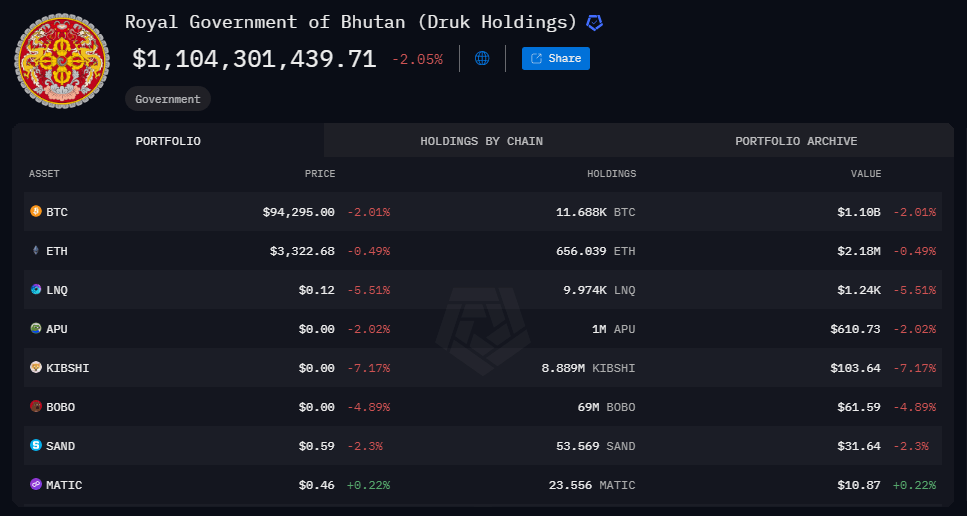

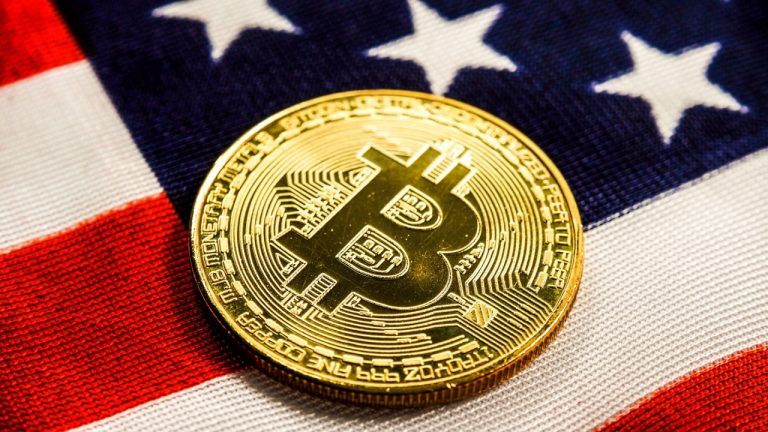

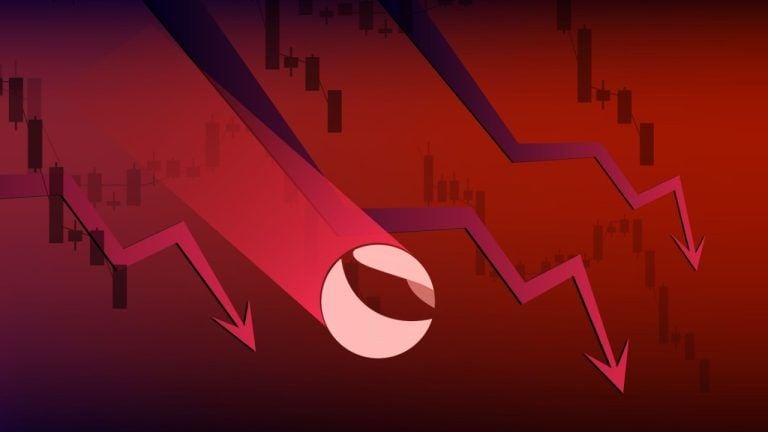





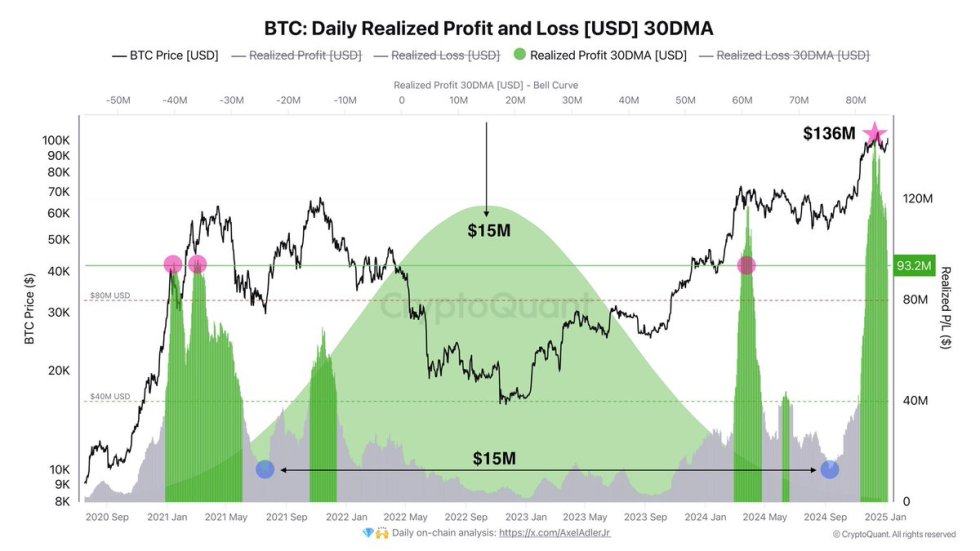
Comments